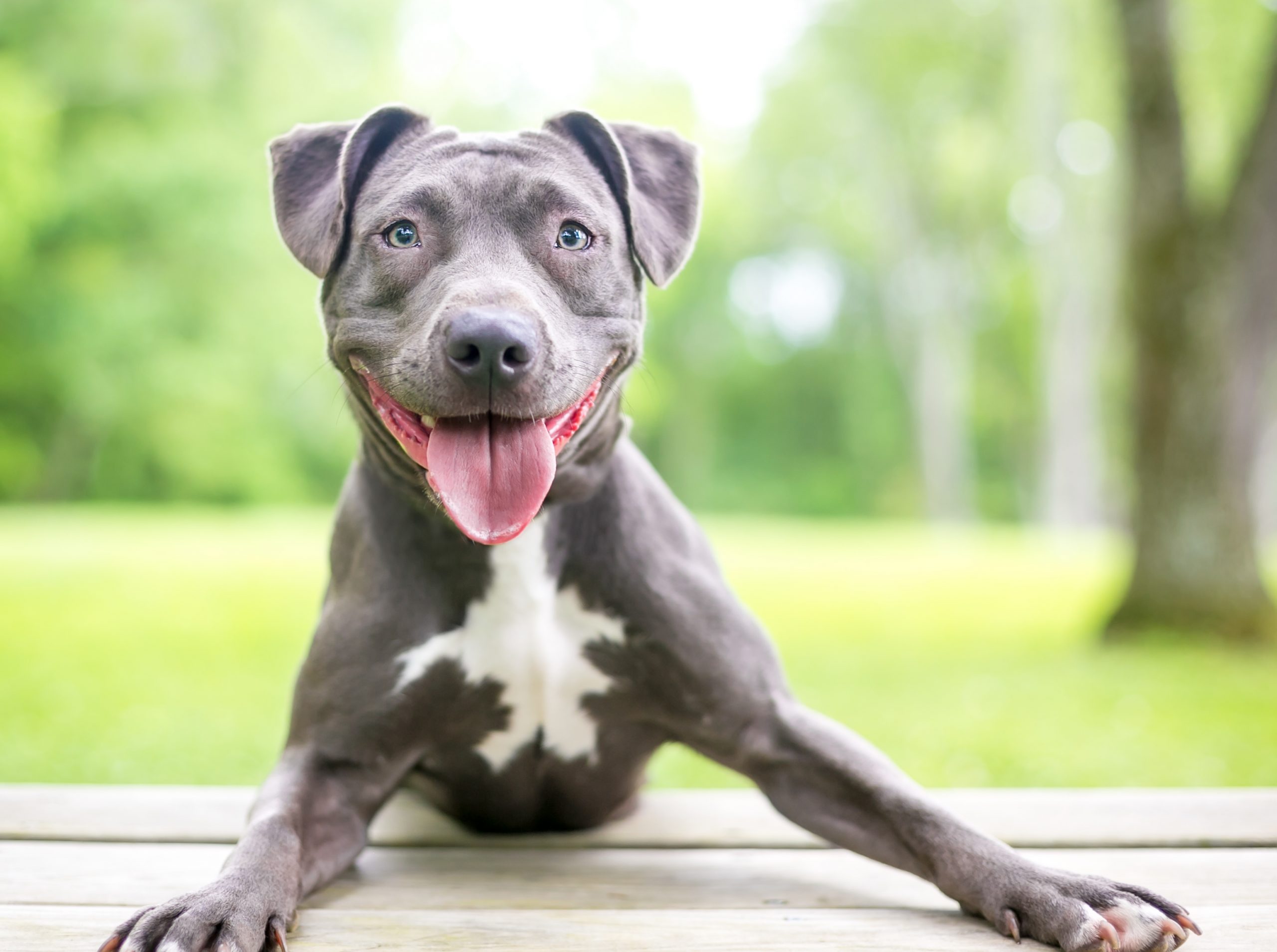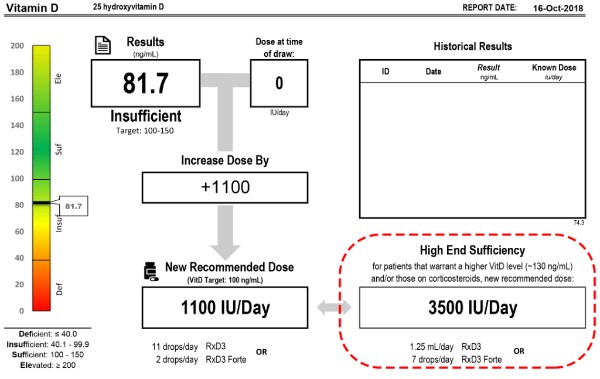
VDI Laboratory provides patient specific dosing guidelines on all Vitamin D reports for cats and dogs. Now, all Vitamin D reports come with a second dosing guideline for reaching the high end of the sufficient range.
High End Sufficiency
Sometimes we get asked- can we target higher in the sufficient zone (100-150ng/mL)? The answer of course is yes- but we’ve made it easier to figure out how much more to dose. We have added a new HIGH END SUFFICIENCY recommendation for those needing a higher dose.

How to use the High End Sufficiency Dose
The dose in the box indicated above is recommended in order to reach a vitamin D level of 130 ng/mL. The corresponding RxD3/RxD3 Forte conversions are just below.
Please note, the pet owner page only displays the normal recommended dose found in the main area of the report. If you wish to have your client use the Higher Dose, you may write it in the blank area provided on page 2.
When to use the High End Sufficiency Dose?
There are a few reasons why you may wish to target higher in the sufficient zone:
- Patient is on Corticosteroids
- Corticosteroids reduce vitamin D levels, sometimes dramatically, and often require higher vitamin D doses to reach sufficiency.
- GI tract issues
- Since diet is the source of vitamin D, if there are problems in the GI tract, absorption may be impaired leading to reduced uptake and lower vitamin D levels. These patients often require a higher dose than a normal animal.
- Cancer & other inflammatory disease
- Low levels of vitamin D have been linked to various diseases. Inflammatory diseases many times require, and benefit, from higher vitamin D supplementation.
When NOT to use High End Sufficiency Dose
It is not recommended to use the high end sufficiency dose if the patient is a normal, healthy animal as some patients may exceed 150 ng/mL. Please read the comments on the report should this happen as most cases are not serious and are easily resolved.
